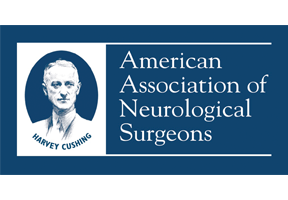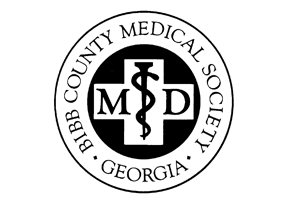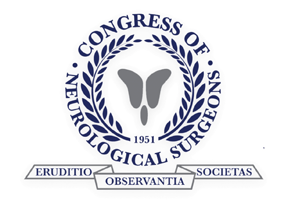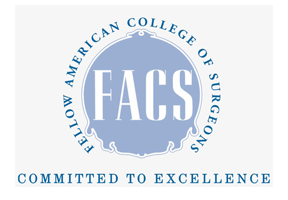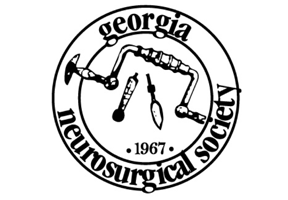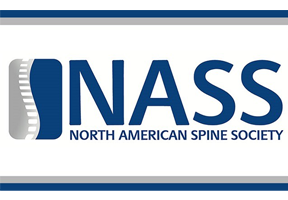Spinal stenosis occurs when the spinal canal narrows, putting pressure on the canal and/or the nerves connected to the spine. On average, people have 32 to 35 vertebrae stacked on top of one another. While spinal stenosis can develop at or near any one of them, the most common areas for spinal stenosis are in the lower back and neck area.
What Causes Spinal Stenosis?
There are several reasons spinal stenosis could occur, from genetic predisposition or age-related wear and tear to painful and problematic developments.
Bulging Disc
Spinal discs are located between each vertebra and aid in the flexibility and movement of the spine. When a spinal disc wears down, the inner material—nucleus pulposus—can become dehydrated, causing the entire disc to lose its flexibility, cushioning, and other spine-supporting properties.
A worn disc can eventually flatten enough so that it spreads beyond the boundaries of the vertebrae and protrudes into the spinal canal, causing it to narrow in that location.
Disc Herniation
A spinal disc is made up of two primary materials:
- Nucleus pulposus, an inner, gel-like layer that offers cushioning between the vertebrae, as well as spinal flexibility and movement.
- Annulus fibrosis, the thick outer layer made of fibrous cartilage that contains the nucleus pulposus.
Whenever the annulus fibrosis is damaged by issues like age-related degeneration or some other injury that affects its ability to contain the nucleus pulposus, that inner layer can ooze out of the disc and into the spinal canal, causing the canal to narrow and pressure to develop on the spinal cord or the surrounding nerves.
Arthritis and Bone Spurs
Spinal arthritis, or osteoarthritis in the spine, is a common issue that can develop in older people, especially those older than 50. When arthritis develops, patients can suffer from disc degeneration, ligament overgrowth, bone spurs, and general inflammation, which can eventually put pressure on the spinal canal.
Bone spurs are a possible side effect of arthritis and can develop when the vertebral joints wear down so much that the bones begin making contact with each other. When bone spurs form on the spine, the growth can push into the spinal canal, causing it to narrow and causing the patient to suffer the effects of stenosis.
Tumor Growth
Spinal tumors are rare, but they can still develop in some patients. They can grow on the spinal cord or its covering (dura) or anywhere on the vertebrae. No matter where a spinal tumor develops, its presence will likely cause the spinal canal to narrow and result in stenosis, among other complications.
Injury to the Spine
Often, the issues that can lead to spinal stenosis develop slowly over time. They are internal issues, like age-related arthritis, bone spur development, disc issues, or tumor growth. However, external forces can also cause stenosis to develop, especially damaging spinal injuries. Car accidents are a possible cause of spinal stenosis, as well as other traumas like a bad fall, a sports-related collision or incident, or some additional trauma.
Issues That Can Point to Spinal Stenosis
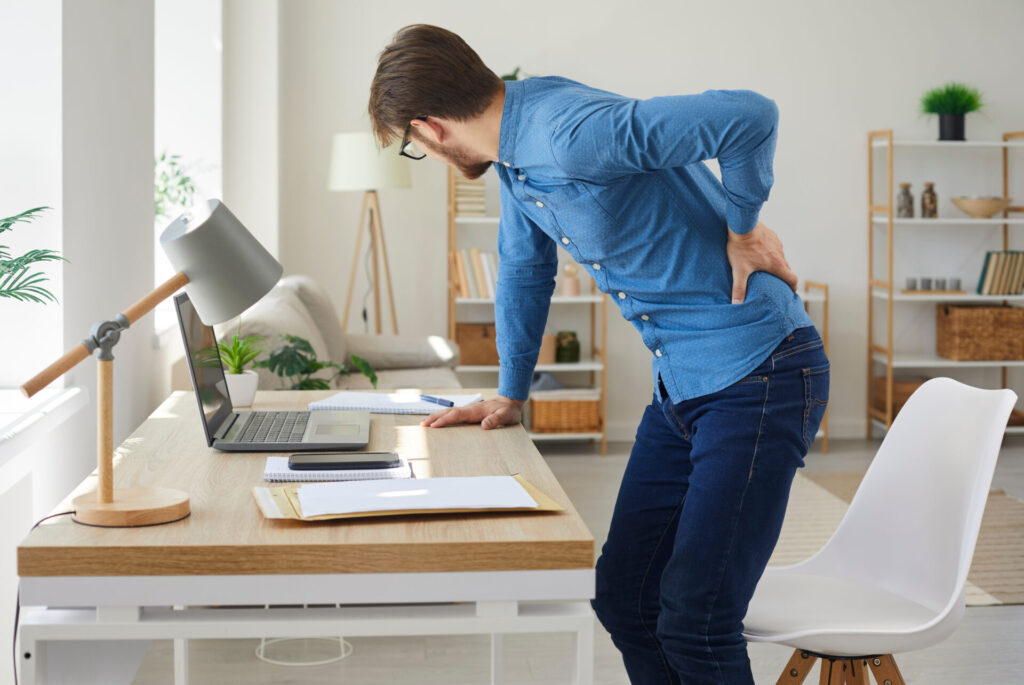
Patients suffering from spinal stenosis are going to know it because it typically leads to several painful or worrisome symptoms, depending on where the stenosis is occurring:
Symptoms That Point to Spinal Stenosis in the Lower Back
- Nerve pain in one or both legs
- Cramping or stiffness in one or both legs
- Leg weakness
- Pain that worsens during certain movements, such as physical activity, prolonged walking or standing, heavy lifting, etc.
- Pain that eases when you bend forward or sit
- Pain that radiates from the lower back and into the buttocks or back of the thigh
- Loss of bladder or bowel control (severe case)
- Paralysis (severe case)
Symptoms That Point to Spinal Stenosis in the Neck
- Numbness or tingling in the neck, head, arms, hands, and/or fingers
- Arm, hand, and/or finger weakness
- Pain in the neck
- Pain that worsens during certain movements, such as slouching, hyperextension (looking up), hyperflexion (looking down), physical activity, prolonged sitting, prolonged standing, heavy lifting, etc.
- Pain that eases with certain neck exercises, such as hyperextension, flexion, head rotation, chin tucks, etc.
- Loss of bladder or bowel control (severe case)
- Paralysis (severe case)
Spinal stenosis is a serious condition that should never be left untreated. While some patients may believe they can wait out the pain or see if it will subside, without proper care from a trusted spine specialist, patients can experience permanent, irreversible damage to the spine, leading to loss of bodily functions or mobility if the stenosis is not treated.
If you are noticing issues that may point to spinal stenosis, talk to Georgia Neurosurgical Institute today.
Our neurosurgeons are experts in spinal care and can provide effective treatment to relieve symptoms of spinal stenosis and address the underlying issue that is causing it. Our team can provide nonsurgical and minimally invasive surgical solutions to help you regain mobility and get back to living a pain-free life.
Schedule an appointment with Georgia Neurosurgical Institute today by calling 478-743-7092.
Georgia Neurosurgical Institute offers exceptional treatments for the brain and spine to patients throughout Middle Georgia. With offices in Macon and satellite locations in Dublin, Locust Grove, and Warner Robins, we’re able to treat patients in and around:
- Dublin
- Forsyth
- Locust Grove
- Macon
- McDonough
- Milledgeville
- Perry
- Warner Robins
Recent Articles

